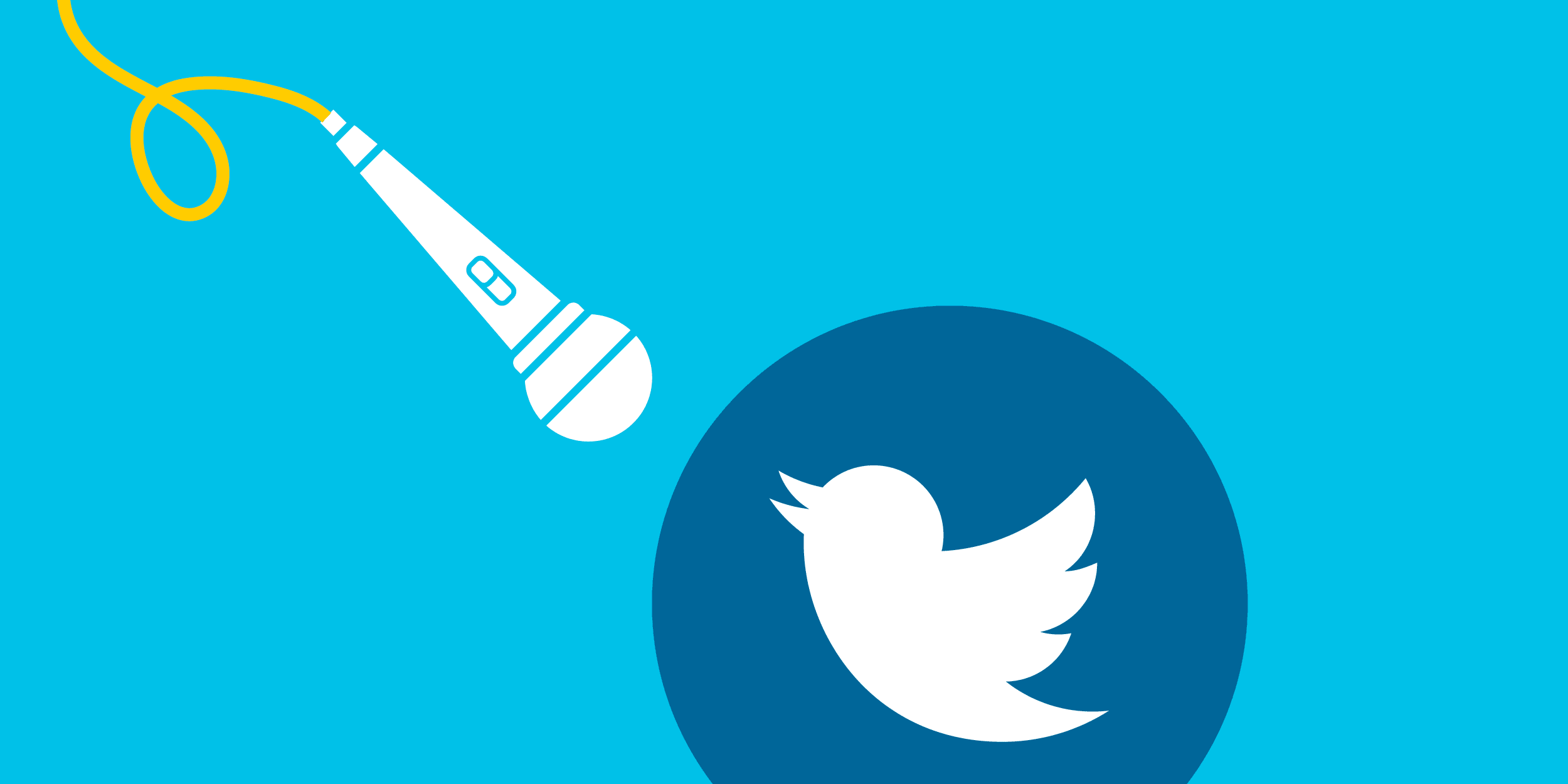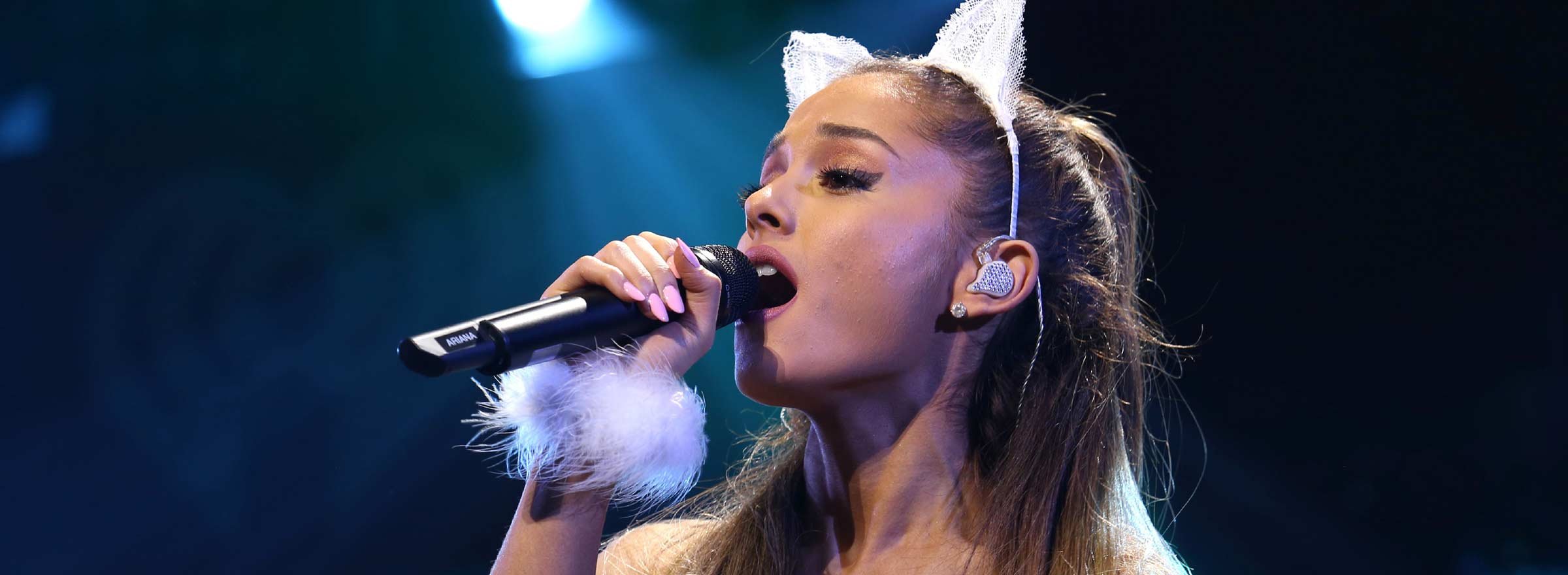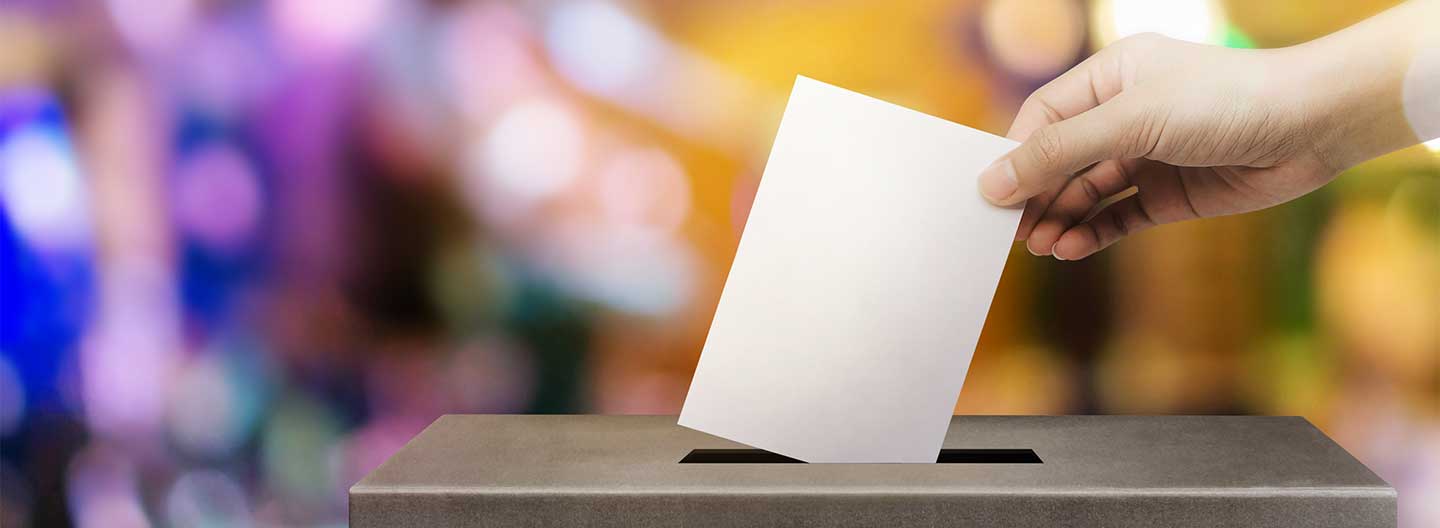For many nonprofits, creating a grassroots movement online may seem like an impossible task, but 2017 proved otherwise.
Over the past year, people everywhere came together to leverage the power of community through social media like never before. In the digital age, you no longer need to spend thousands of dollars on snail mail to get your voice heard; you just need to effectively amplify your online supporters.
There are a number of things you can do to build an effective and powerful social media campaign. As you plan for the year ahead, take a look at some social campaigns from the past year that can guide your strategy in 2018.
1. #WomensMarch
Not only was the Women's March one of the most attended rallies of all time, but as a social campaign, it broke records.
A sea of pink on Independence Avenue near 3rd, outside VOA's Cohen Building #WomensMarch pic.twitter.com/Gb3MOqzVbp
— Jim Fry (@jimfryVOA) January 21, 2017
The march, which took place January 21, 2017, began with a Facebook event created by Teresa Shook, a Hawaii resident who, in the wake of the 2016 election, wanted to march on Washington, D.C. Within a day, over 10,000 Facebook users expressed interest in attending. That number eventually grew to more than 3 million attendees across the U.S., and additional events were organized in major cities around the world.
Attendees didn't just unite in person — they took to social media to share their personal experiences using the hashtags #WhyIMarch and #IMarchFor, creating a viral effect. Multiple women's rights campaigns launched after the march, and the effect continued throughout the year.
Sashed up and Ready to March! #WhyIMarch #WeWontGoBack @womensmarch @MichaelStarsInc pic.twitter.com/2L209IOV9n
— Ms.FoundationWomen (@msfoundation) January 21, 2017
Takeaways
- Timing is everything, and being relevant can make or break campaigns.
- Use Facebook events as a vehicle to get the word out about your movement, and don't procrastinate when the time feels right. In 2018, people will likely be ready to take action for a number of causes. Give them the space and platform to do that.
2. Ariana Grande's Manchester Benefit on Facebook Live

In March 2017, Facebook added a new feature to allow for fundraising during Facebook Live events, and many nonprofits used it to host virtual fundraisers.
The most successful of these fundraisers was Ariana Grande's Manchester benefit concert, which raised more than $13 million for the victims of the May 22 attack.
The event was hosted 13 days after the suicide bombing attack at one of her concerts that killed 22 individuals. It raised money for the We Love Manchester Emergency Fund for the British Red Cross to support victims and their families; people from all over the world joined together to unite over the tragedy.
Of the $13 million raised, $450,000 came from 22,000 donors who gave via the Facebook Live broadcast.
— Ariana Grande (@ArianaGrande) May 30, 2017
Takeaways
- Fundraising on Facebook Live is a great way to take your in-person fundraiser to the next level.
- Don't limit yourself to hosting local fundraisers solely for ticket sales. You need to meet donors where they are, and that means allowing people from all over the world to be a part of your fundraiser.
- Think about how you can partner with influencers or add a live component to your next fundraiser to give it maximum exposure.
3. #MeToo
#MeToo is another movement that started out as an organic social media moment. Activist Tarana Burke created the hashtag #MeToo to raise awareness of the pervasiveness of sexual assault and abuse. The phrase went viral with a November 2017 tweet from singer and actress Alyssa Milano, who asked people who had experienced sexual assault to respond with, "me too." The tweet received over 67,000 replies and 25,000 retweets.
If you’ve been sexually harassed or assaulted write ‘me too’ as a reply to this tweet. pic.twitter.com/k2oeCiUf9n
— Alyssa Milano (@Alyssa_Milano) October 15, 2017
Within two days, the hashtag went viral and spread globally across several social platforms. Many hashtags followed, which led to dozens of viral campaigns such as #YouOkSis, #WhatWereYouWearing, #SurvivorPrivilege, and #TimesUp. Today, the #MeToo hashtag has been tweeted over 1.7 million times and mentioned in over 800,000 posts on Instagram.
It’s been 5 years since I have been raped. To fellow survivors:
— Shannon Taylor (@HeyThereImShan) October 16, 2017
You will
-Trust again
-Love again
-Feel safe again
-Be you again#MeToo
Takeaways
- Every voice matters when you are building a movement or driving change.
- If your cause is global, think about how you can bring your community together to raise awareness.
- Participatory hashtags will shine a light on your cause from the perspective of those most affected. By including stories from your community in your campaign, you can allow people to participate from anywhere.
4. #MyMentalHealthin5Words
Talking about mental health isn't always easy. But Twitter user @ShutUpAmanda wanted to change the status quo about mental health and took to Twitter one day to make it happen. She asked people to talk about their experience living with mental illnesses using the hashtag #MyMentalHealthIn5Words. The hashtag trended on Twitter, went viral for a day, and received lots of media attention.
struggling but im still fighting#MyMentalHealthIn5Words
— jimin's angel ♡ (@jimins_xx) December 18, 2017
Takeaways
- One-day campaigns that trend on Twitter can spark conversations. We will see more of these one-day viral tweets that encourage people to participate in the context of a hashtag.
- "One day for ______" campaigns are a great way to amplify your message and build a community.
- To get your hashtag to trend on Twitter, you need to get people tweeting about it. Therefore, make sure your followers know about the campaign well in advance. Email your subscribers and co-workers to ask them to participate.
- Use trendsmap to see what other topics are trending the day of your campaign.
The Big Picture
The web offers solutions to take fundraising, organizing, and community building to the next level. When you're planning your campaigns, don't just talk about your issue — tell your story. You have an army of supporters waiting for you to meet them where they are; you just need to inspire them.









